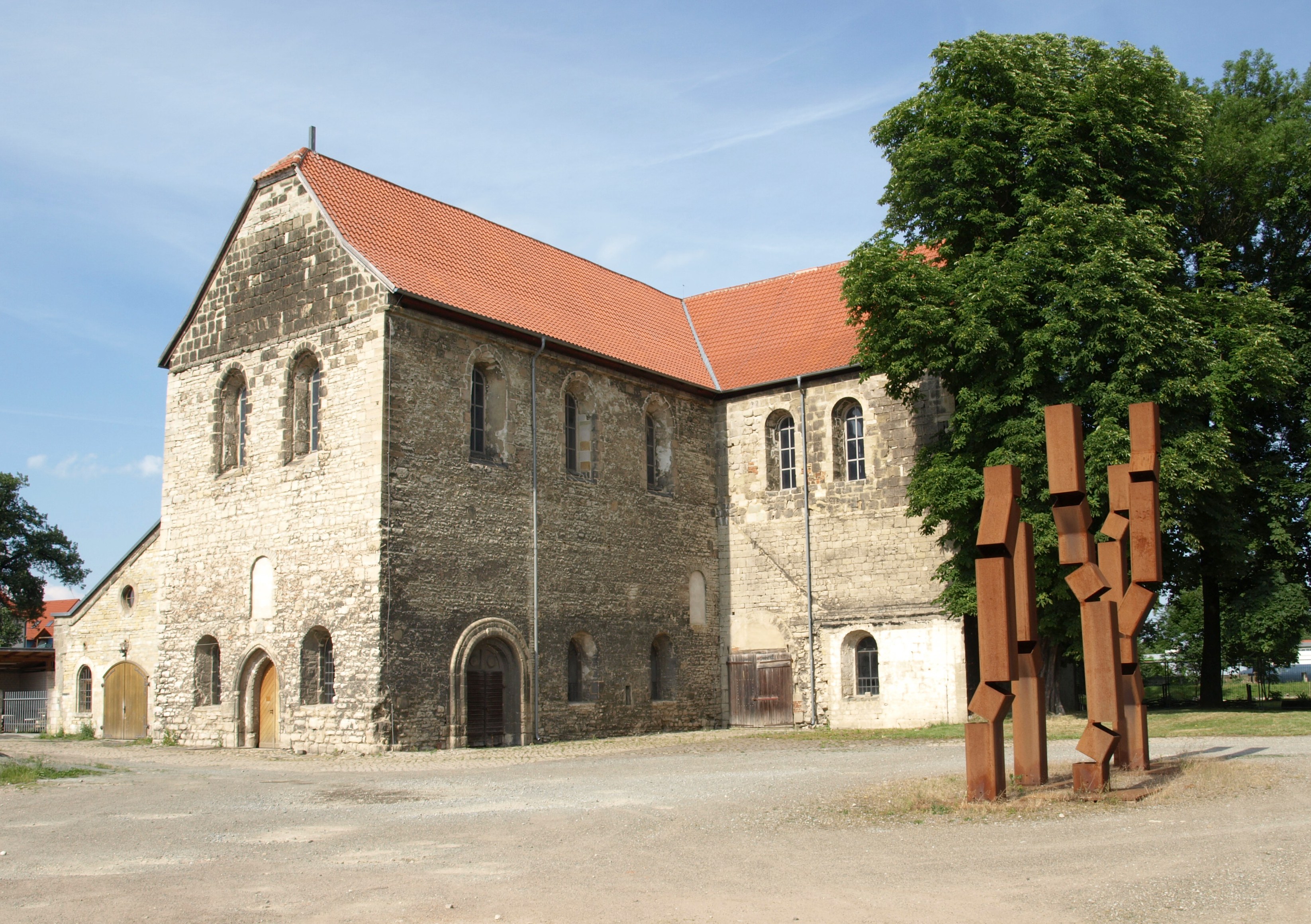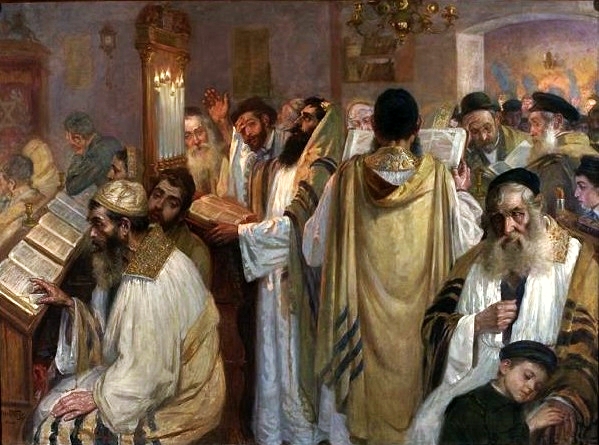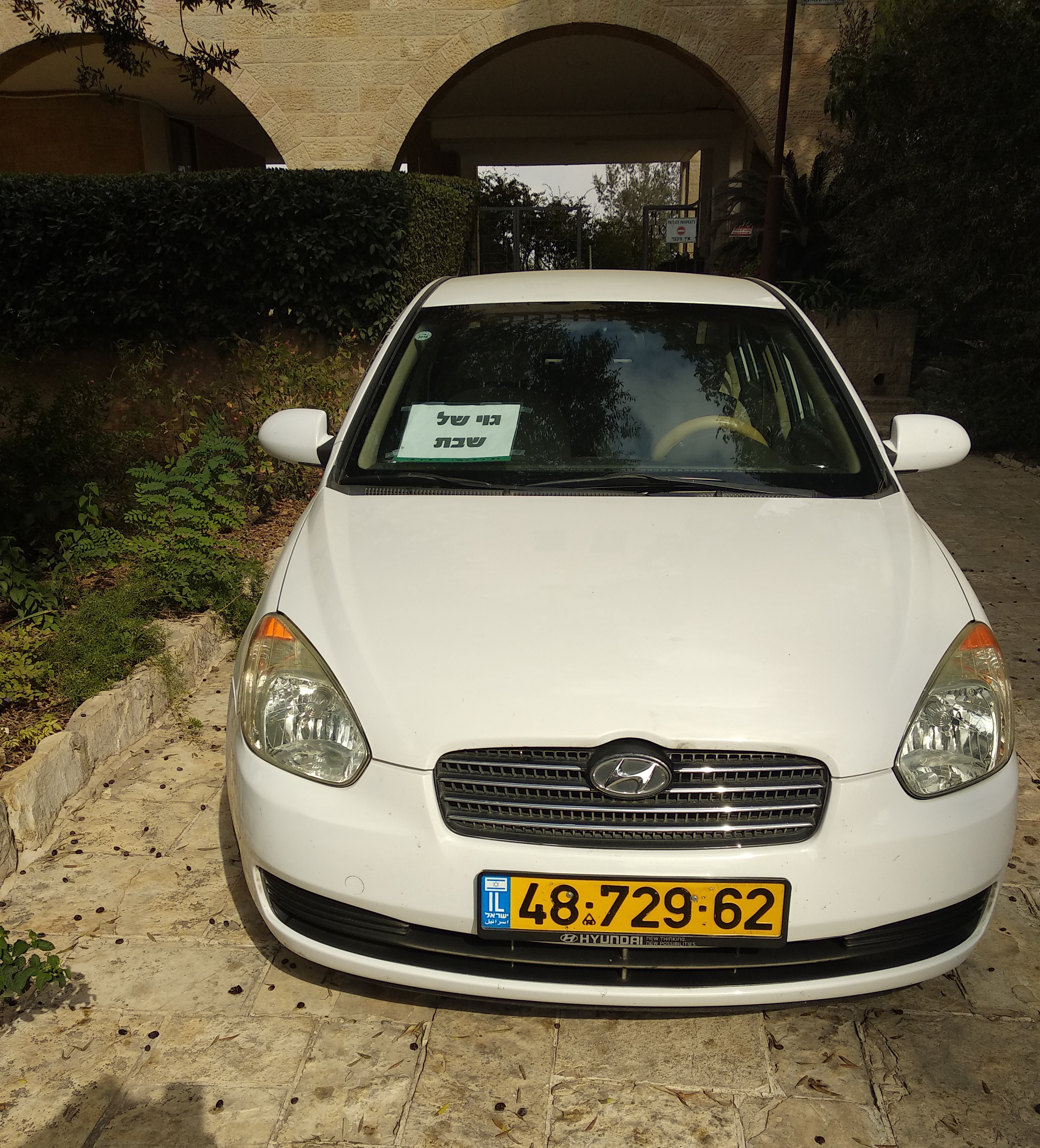|
Israel Ben Ze'ev Wolf Salanter
Yisrael ben Ze'ev Wolf Lipkin, also known as "Israel Salanter" or "Yisroel Salanter" (November 3, 1809 – February 2, 1883), was the father of the Musar movement in Orthodox Judaism and a famed Rosh yeshiva and Talmudist. The epithet ''Salanter'' was added to his name since most of his schooling took place in Salant (now the Lithuanian town of Salantai), where he came under the influence of Rabbi Yosef Zundel of Salant. He was the father of mathematician Yom Tov Lipman Lipkin. Biography Yisroel Lipkin was born in Zagare, Lithuania on November 3, 1809, the son of Zev Wolf, the rabbi of that town and later Av Beth Din of Goldingen and Telz, and his wife Leah. As a boy, he studied with Rabbi Tzvi Hirsh Braude of Salant. After his 1823 marriage to Esther Fega Eisenstein Lipkin settled with her in Salant where he continued his studies under Hirsch Broda and Zundel, himself a disciple of Chaim Volozhin. Around 1833 he met the decade-younger Alexander Moshe Lapidos, who becam ... [...More Info...] [...Related Items...] OR: [Wikipedia] [Google] [Baidu] |
Žagarė
Žagarė (, see also #Etymology, other names) is a city located in the Joniškis district, northern Lithuania, close to the border with Latvia. It has a population of about 2,000, down from 14,000 in 1914, when it was the 7th largest city in Lithuania. Žagarė is famous for ''Žagarvyšnė'' - a cherry species originated in Žagarė. Etymology Žagarė's name is probably derived from the Lithuanian language, Lithuanian word ''žagaras,'' meaning "twig". Other renderings of the name include: , , , . History The foundation of Žagarė dates back to the 12th century. A settlement of the Balts, Baltic tribe Semigallians ''Sagera'' was mentioned for the first time in March 1254 in the documents of the partitioning of the Semigallia. In 13th century it was a Semigalian fortress ''Raktuvė'' (or ''Raktė'', first mentioned in 1272-1289 documents). It was an important centre of Semigallian warriors, who fought against the Livonian Brothers of the Sword and the Livonian Order. The cult o ... [...More Info...] [...Related Items...] OR: [Wikipedia] [Google] [Baidu] |
Alexander Moshe Lapidos
Alexander Moshe Lapidos (1815–1906)Alternate YOB 1819, Alternate spelling of family name: Lapidus: is known for his authorship of ''Divrei Emes'', a Mussar sefer, published posthumously (Vilna, 1910). Biography His father, Rabbi Tzvi Lapidos, was a wealthy scholar who arranged that the 13 year old Alexander Moshe, whose in-person high-level interaction with many of the famous rabbis of that era were well known, should marry the only daughter of one of the wealthiest men in Yanova, a suburb of Kovna, Shimon Shushitzky. Over time Yenta and Alexander Moshe Lapidos had three daughters. After the death of Rabbi Lapidos' first wife, he married a second time. With this wife, Gruna, he had a son and 3 more daughters. The obituary describing her death at age 36 mentioned both the poverty under which they had lived and her unusual involvement in dealing with local Maskilim. Thirty six years before his death, Rabbi Lapidus married again. His third wife, Mina, was from Mir; her father w ... [...More Info...] [...Related Items...] OR: [Wikipedia] [Google] [Baidu] |
Halberstadt
Halberstadt (; Eastphalian dialect, Eastphalian: ''Halverstidde'') is a town in the state of Saxony-Anhalt in central Germany, the capital of Harz (district), Harz district. Located north of the Harz mountain range, it is known for its old town center, which was largely destroyed by Allied bombings in the late stages of World War II after local Nazi leaders refused to surrender. The town was rebuilt in the following decades. In World War I Halberstadt was the site of a German military airbase and aircraft-manufacturing facilities. In World War II Halberstadt was a regional production center for Junkers aircraft, which also housed an Schutzstaffel, SS Forced labour under German rule during World War II, forced labor camp. Halberstadt now includes the area where the Langenstein-Zwieberge concentration camp was situated. Today the city has around 450 timber framed houses in its city centre and timber framed old villages like Langenstein, Saxony-Anhalt, Langenstein. Geography Ha ... [...More Info...] [...Related Items...] OR: [Wikipedia] [Google] [Baidu] |
Kovno
Kaunas (; ) is the second-largest city in Lithuania after Vilnius, the fourth largest List of cities in the Baltic states by population, city in the Baltic States and an important centre of Lithuanian economic, academic, and cultural life. Kaunas was the largest city and the centre of a in the Duchy of Trakai of the Grand Duchy of Lithuania and Trakai Voivodeship, Trakai Palatinate since 1413. In the Russian Empire, it was the capital of the Kovno Governorate, Kaunas Governorate from 1843 to 1915. During the interwar period, it served as the temporary capital of Lithuania, when Vilnius was Polish–Lithuanian War, seized and controlled by Second Polish Republic, Poland between 1920 and 1939. During that period Kaunas was celebrated for its rich cultural and academic life, fashion, construction of countless Art Deco and Lithuanian National Revival architectural-style buildings as well as popular furniture, interior design of the time, and a widespread café culture. The city in ... [...More Info...] [...Related Items...] OR: [Wikipedia] [Google] [Baidu] |
Vilna Rabbinical School And Teachers' Seminary
The Vilna Rabbinical School and Teachers' Seminary was a controversial Russian state-sponsored institution to train Jewish teachers and rabbis, located in Vilna, Russian Empire. The school opened in 1847 with two divisions: a rabbinical school and a teachers' seminary. The Rabbinical School was closed in 1873 and the Teachers' Seminary closed in 1914. The school taught secular studies, unlike the traditional cheders and yeshivas. This new curriculum, as well as the government control, made the school "unpopular." Curriculum The school taught German language, Hebrew language, Hebrew Bible, Talmud, algebra, geometry, trigonometry, physics, astronomy, world history, Russian history, Russian language, geography, and handwriting and drawing. History Rabbi Yisroel Salanter, a major figure of the Mussar movement who then lived in Vilna, was pressured to lead the seminary. Rather than accept the position, Salanter fled to Kovno, even though Rabbi Yitzhak of Volozhin encouraged him to ... [...More Info...] [...Related Items...] OR: [Wikipedia] [Google] [Baidu] |
Yom Kippur
Yom Kippur ( ; , ) is the holiest day of the year in Judaism. It occurs annually on the 10th of Tishrei, corresponding to a date in late September or early October. For traditional Jewish people, it is primarily centered on atonement and repentance. The day's main observances consist of full fasting and asceticism, both accompanied by extended prayer services (usually at synagogue) and sin confessions. Some minor Jewish denominations, such as Reconstructionist Judaism, focus less on sins and more on one's goals and accomplishments and setting yearly intentions. Alongside the related holiday of Rosh Hashanah, Yom Kippur is one of the two components of the High Holy Days of Judaism. It is also the last of the Ten Days of Repentance. Name The formal Hebrew name of the holiday is , 'day fthe atonements'. This name is used in the Bible, Mishnah, and Shulchan Aruch. The word 'atonement' is one of many Biblical Hebrew words which, while using a grammatical plural form, ... [...More Info...] [...Related Items...] OR: [Wikipedia] [Google] [Baidu] |
Shabbat Goy
A ''Shabbos goy'', ''Shabbat goy'' or ''Shabbes goy'' (, ''shabbos goy''; , ''goy shel shabbat''; plural ''Shabbos goyim'') is a non-Jew who is employed by Jews to perform certain types of work (''melakha'') that Jewish religious law (''halakha'') prohibits a Jew from doing on the Shabbat. Etymology The term is a combination of the words ''Shabbos'' (שבת), the term for Sabbath in Ashkenazi Jewish usage, and ''goy'' (גוי), a gentile or non-Jew. The word ''goy'', which translates literally as "nation" in Biblical Hebrew, has over time acquired the meaning of someone who is not Jewish. In modern usage in English, the word ''goy'' is sometimes seen as derogatory, but this is a point of discussion in the Jewish community. According to Adi Ophir and Ishay Rosen-Zvi, this usage started to take place from the first and second century onwards. They argue that before this time, no crystallized dichotomy between Jew and non-Jew existed in Judaism. Description On Shabbat, there are nume ... [...More Info...] [...Related Items...] OR: [Wikipedia] [Google] [Baidu] |
Cholera
Cholera () is an infection of the small intestine by some Strain (biology), strains of the Bacteria, bacterium ''Vibrio cholerae''. Symptoms may range from none, to mild, to severe. The classic symptom is large amounts of watery diarrhea lasting a few days. Vomiting and muscle cramps may also occur. Diarrhea can be so severe that it leads within hours to severe dehydration and electrolyte imbalance. This can in turn result in Enophthalmia, sunken eyes, cold or cyanotic skin, decreased skin elasticity, wrinkling of the hands and feet, and, in severe cases, death. Symptoms start two hours to five days after exposure. Cholera is caused by a number of Serotype, types of ''Vibrio cholerae'', with some types producing more severe disease than others. It is spread mostly by Waterborne diseases, unsafe water and Foodborne illness, unsafe food that has been contaminated with human feces containing the bacteria. Undercooked shellfish is a common source. Humans are the only known host fo ... [...More Info...] [...Related Items...] OR: [Wikipedia] [Google] [Baidu] |
Shabbat
Shabbat (, , or ; , , ) or the Sabbath (), also called Shabbos (, ) by Ashkenazi Hebrew, Ashkenazim, is Judaism's day of rest on the seventh day of the seven-day week, week—i.e., Friday prayer, Friday–Saturday. On this day, religious Jews remember the biblical stories describing the Genesis creation narrative, creation of the heaven and earth in six days and the redemption from slavery and the Exodus from Egypt. Since the Hebrew calendar, Jewish religious calendar counts days from sunset to sunset, Shabbat begins in the evening of what on the civil calendar is Friday. Shabbat observance entails refraining from 39 Melachot, work activities, often with shomer Shabbat, great rigor, and engaging in restful activities to honor the day. Judaism's traditional position is that the unbroken seventh-day Shabbat originated among the Jewish people, as their first and most sacred institution. Variations upon Shabbat are widespread in Judaism and, with adaptations, throughout the Abraham ... [...More Info...] [...Related Items...] OR: [Wikipedia] [Google] [Baidu] |
Užupis
Užupis (, , , ) is a neighborhood in Vilnius, the capital of Lithuania, largely located in Vilnius's old town, a UNESCO World Heritage Site. Užupis means "beyond the river" or "the other side of the river" in the Lithuanian language and refers to the Vilnia River; the name Vilnius was derived from the Vilnia. The district has been popular with artists for some time, and has been compared to Montmartre in Paris and to Freetown Christiania in Copenhagen, due to its bohemian and laissez-faire atmosphere. On April 1, 1997, the district declared itself an independent republic (the Republic of Užupis), with its own constitution. Geography Užupis is quite small and isolated, being only about in size; it has around 7,000 inhabitants, nearly 1,000 of which are artists. On one side it is separated from the Old Town by the Vilnia River, on the second there are steep hills, and on the third side, it borders on an industrial area built under Soviet rule. The first bridges acros ... [...More Info...] [...Related Items...] OR: [Wikipedia] [Google] [Baidu] |
Vilnius
Vilnius ( , ) is the capital of and List of cities in Lithuania#Cities, largest city in Lithuania and the List of cities in the Baltic states by population, most-populous city in the Baltic states. The city's estimated January 2025 population was 607,667, and the Vilnius urban area (which extends beyond the city limits) has an estimated population of 747,864. Vilnius is notable for the architecture of its Vilnius Old Town, Old Town, considered one of Europe's largest and best-preserved old towns. The city was declared a World Heritage Site, UNESCO World Heritage Site in 1994. The architectural style known as Vilnian Baroque is named after the city, which is farthest to the east among Baroque architecture, Baroque cities and the largest such city north of the Alps. The city was noted for its #Demographics, multicultural population during the Polish–Lithuanian Commonwealth, with contemporary sources comparing it to Babylon. Before World War II and The Holocaust in Lithuania, th ... [...More Info...] [...Related Items...] OR: [Wikipedia] [Google] [Baidu] |








